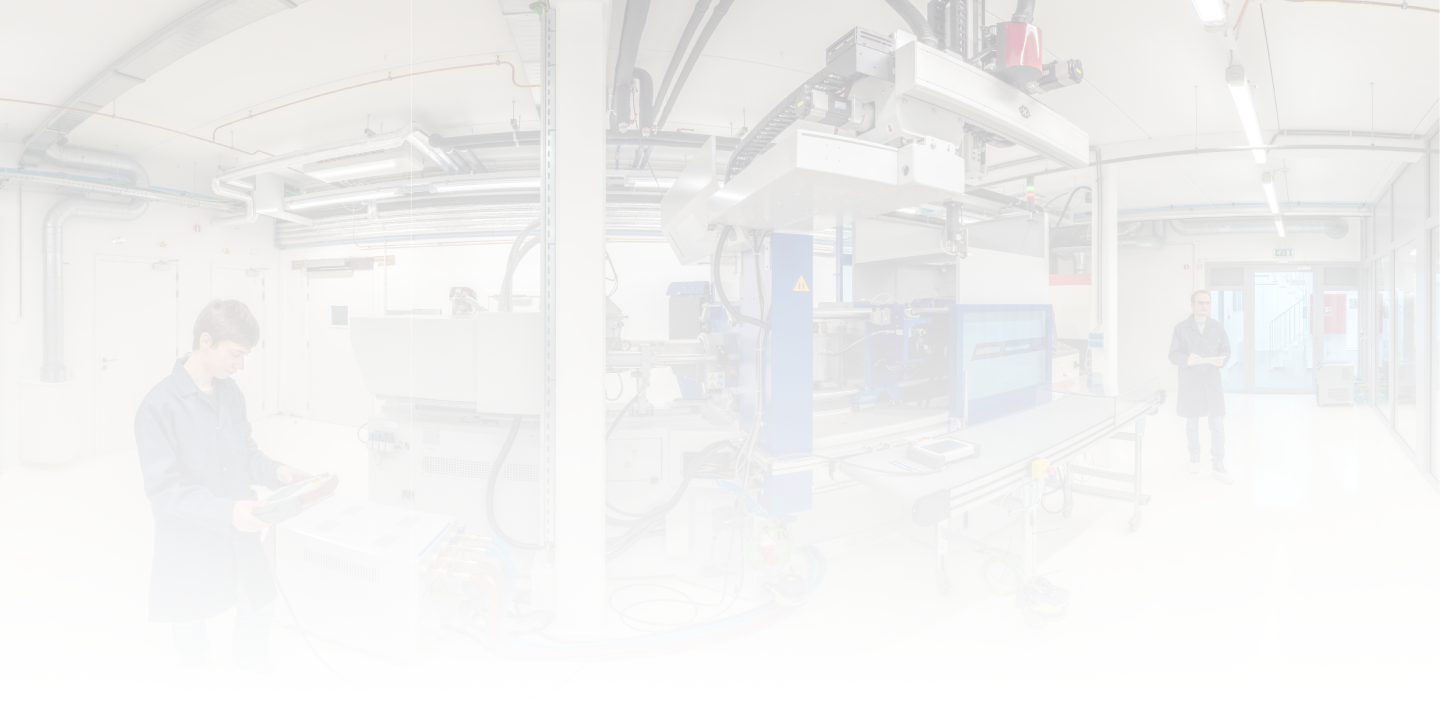
Research
2023 was another year of scientific breakthroughs and team efforts to give B-PHOT a leading role in the photonics and optics industry. Discover what we have achieved in the summary of our research tracks below!
Lorem ipsum
Freeform Optics
Spectroscopy
Sensors
In the dynamic realm of photonics-based sensor technology at B-PHOT, we picture a world where precision meets sustainability, and where real-life challenges are not just obstacles but stepping stones to a greener future and a better planet.
2023 marked the end of our efforts within the Clean Sky 2 project SHERLOC. Clean Sky 2 is a joint undertaking between the European aeronautics industry and the European Commission, that aims to develop cleaner air transport technologies for earliest possible deployment. That means integrating, demonstrating and validating technologies capable of reducing CO2, NOx and noise emissions by 20 to 30% compared to ‘state-of-the-art’ aircraft entering into service as from 2014. SHERLOC’s main focus was sensor technology, system validation and integration, global systems and regulatory guidance in the context of a condition-based maintenance concept for composite fuselage enabled by structural health monitoring techniques. The conclusive assessments for the SHERLOC project entailed conducting tests on expansive, curved panels measuring 5 x 3 m², which faithfully simulated a composite airplane hull. We installed optical fiber sensors in strategic locations on the panels known for heightened susceptibility to impact-induced damage. The fiber sensors successfully identified instances of impact damage, and further measurements were conducted during the mechanical loading of the panels to monitor the progression of damage. These experiments represented the ultimate validation of the fiber sensors for aerospace damage detection, marking the advancement of the technique to Technology Readiness Level 6 (TRL6).

Thermal grids play a pivotal role in enhancing energy efficiency and contributing to sustainable urban development. Their integration aligns with broader sustainability goals by optimizing the use of thermal energy resources and reducing the environmental impact of heating and cooling systems. The OPTIMESH project, funded as part of the Flanders innovation & Entrepreneurship cluster Flux50, responds to the needs of the thermal grid industry. In that context, we have formulated two-dimensional and three-dimensional finite element method-based models for thermal grid water pipes situated both in air and within a soil environment. These computational models serve the purpose of evaluating spatiotemporal patterns of variables such as water temperature, pressure, and flow velocity. They enable the determination of heat losses within the pipes. We have constructed a laboratory-scale experimental arrangement for measuring distributed water temperatures using Optical Frequency Domain Reflectometry (OFDR). The initial experimental phase involved the placement of two distinct types of sensing fibers inside the water pipe. The temperature distributions observed through the optical fibers closely align with the outcomes of our simulations. Efforts are now underway to establish a larger experimental setup, featuring a pipe segment submerged in soil.

Bolted flange connections play a crucial role in industrial process plants. They serve as interconnections between piping systems and process flow equipment. Ensuring their leak-tight operation is essential for personnel safety, for environmental protection, and for decreasing CO2-emissions. We effectively demonstrated smart gaskets, incorporating fiber Bragg grating-based sensors, at five prospective customer locations within the (petro)chemical sector and the Asset Performance Conference in Antwerp. Consequently, we are initiating field trials in collaboration with industry stakeholders. These intelligent gaskets provide real-time monitoring functionalities for sealing applications. The incorporation of fiber Bragg grating sensors enables proactive maintenance and avoid emissions, thereby reducing downtime and transforming the reliability of industrial assets. This work is conducted in close collaboration with ERIKS Belgium.

Transitioning from sustainability to health- and life-sciences, 2023 also marked the end of the Excellence of Science project CHARMING funded by the Research Foundation – Flanders, the objective of which was to exploit the cutting-edge potential of optical fiber-based sensors to produce a novel class of devices for detecting cancer cells with unprecedented sensitivity. CHARMING held its closing event as a highlight of the European Workshop on Optical Fiber Sensors – EWOFS 2023, organized in collaboration with the University of Mons (Belgium). The “Topical Conference on Optical Fibre Biosensing & Imaging” welcomed invited talks from international experts in the field. The project also culminated with Olga Rusyakina celebrating her PhD graduation with a brilliant dissertation on “Photonic crystal fiber with cascaded fiber Bragg gratings for plasmonic refractometry and biosensing”.
In 2023, we’ve set the stage for a revolution in metrology with a sustainable and healthy twist, and we can’t wait for what’s coming in 2024.

Laser Dynamics
Nonlinear Optics

Lab on chip
The Photonics Lab-on-Chip team at B-PHOT is actively advancing cutting-edge optical and photonics concepts to address crucial challenges in biomedical sensing and environmental monitoring. Their efforts are dedicated to achieving fast, reliable, sensitive, compact, and cost-effective diagnostics.
The team specializes in developing absorption-, fluorescence-, scattering-, and Raman-based optical sensing systems, aiming to create multifunctional Lab-on-Chip (LOC) platforms with augmented functionalities. These include innovations such as surface plasmon resonance, Surface-Enhanced Raman Scattering (SERS), and optical trapping.
Significant collaborations have been fostered with leading institutions globally, including Hamamatsu Photonics in Japan, EAFIT in Colombia, Yerevan State University in Armenia, and TU Dresden in Germany as part of the EUTOPIA partnership. The MONPLAS project, focusing on microplastic identification in water, is concluding successfully. As a follow-up, Maria Lopera’s four-year FWO fellowship started, concentrating on the detection of microbiological and microplastic contaminants in drinking water using a cost-effective lens-free microscope.
Ongoing EU-funded projects are progressing well, with Sara Abbasi’s paper on the “Classification of hemoglobin fractions using Raman spectroscopy and machine learning” as a successful achievement of the EIC Pathfinder project VortexLC.
The year 2023 witnessed the graduation of two PhD students. Alejandro Madrid Sanchez contributed valuable research on optical solutions for large-size, high-resolution scaffold fabrication, while Artem Shcheglov excelled in his work on next-generation miniaturized spectroscopic systems.
May 2024 bring advancements in science, technology, healthcare, and efforts towards addressing global challenges.



